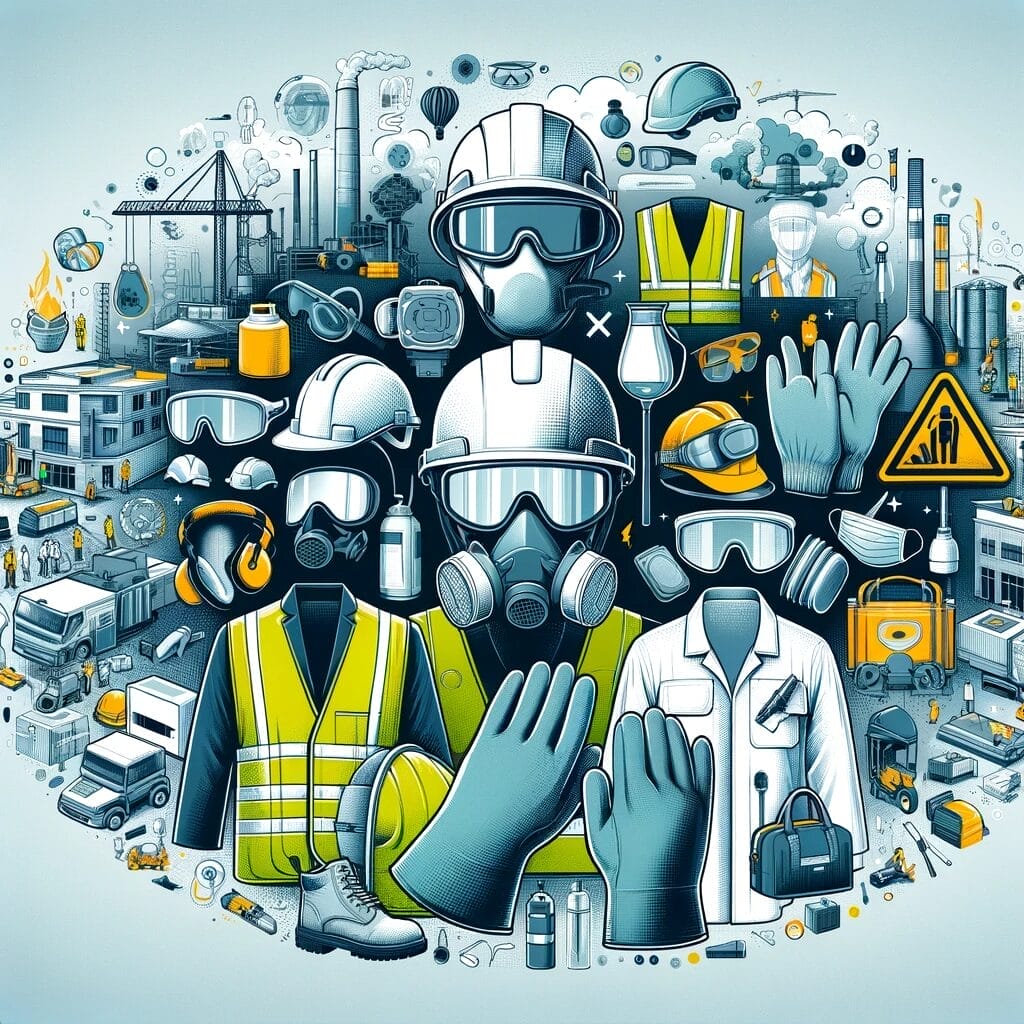In the realm of occupational health and safety, the deployment of Personal Protective Equipment (PPE) is an integral element. This article elucidates the multifaceted PPE industry standards, underscoring their critical role in safeguarding workers against a plethora of occupational hazards. The discussion herein is predicated upon an exhaustive review of pertinent literature and industry practices, particularly those relevant to the Australian context.
PPE Industry Standards: A Crucial Framework
The fabric of PPE industry standards is woven from a complex array of regulations, guidelines, and best practices. These standards are not static; rather, they evolve in response to technological advancements, emerging threats, and enhanced understanding of occupational risks. The Australian Standards (AS/NZS), International Organization for Standardization (ISO), and other relevant bodies provide the cornerstone for these regulations, offering a blueprint for both PPE manufacturers and end-users.
Varied Industries, Diverse Requirements
PPE encompasses a wide range of equipment, including but not limited to, helmets, gloves, eye protection, high-visibility clothing, and respiratory protective devices. The specific requirements for PPE vary considerably across industries, predicated on the nature and magnitude of risks encountered.
1. Construction Industry
In the construction sector, PPE standards are stringently enforced, given the high-risk environment workers operate in. The AS/NZS 1801 standard outlines the specifications for industrial safety helmets, while AS/NZS 2210.3 governs safety footwear. Eye protection, as per AS/NZS 1337.1, and hearing protection, compliant with AS/NZS 1270, are mandatory in areas with potential eye hazards and high noise levels, respectively.
2. Healthcare Sector
The healthcare industry, particularly in the wake of the COVID-19 pandemic, has witnessed an unprecedented focus on PPE. Standards such as AS/NZS 1716 for respiratory protective devices and AS/NZS 4543.3 for protective gloves against chemicals and microorganisms are pivotal. These standards ensure that healthcare professionals are adequately protected from biological hazards and infectious diseases.
3. Manufacturing and Chemical Processing
In these sectors, PPE standards address the myriad risks associated with handling hazardous materials and operating heavy machinery. Respiratory protection (AS/NZS 1716), protective clothing for protection against hazardous chemicals (ISO 13982-1), and eye protection (AS/NZS 1337.1) are of paramount importance.
Evolving Standards in Response to Emerging Risks
PPE industry standards are not static; they adapt in response to emerging risks and technological innovations. For instance, the advent of nanotechnology and its application in various industries has necessitated the development of new PPE standards to address the unique risks posed by nanoparticles.
Challenges in Implementation and Compliance
Despite the robust framework of PPE standards, challenges persist in their implementation and compliance. Issues such as the improper selection of PPE, lack of training in its correct use, and inadequate maintenance and inspection are prevalent. These challenges underscore the necessity for ongoing education and vigilance in adherence to PPE standards.
The Role of PPE Standards in Mitigating Occupational Hazards
The efficacy of PPE in mitigating occupational hazards is contingent upon adherence to established standards. These standards, when rigorously applied, significantly reduce the incidence of workplace injuries and fatalities. They serve as a critical line of defence in protecting workers from a spectrum of occupational hazards, ranging from physical and chemical to biological and environmental threats.
Conclusion
In conclusion, PPE industry standards constitute a vital component in the edifice of occupational health and safety. These standards, while diverse and evolving, provide a structured approach to ensuring the protection and welfare of workers across various industries. It is imperative that these standards be continuously reviewed, updated, and strictly enforced to address both current and emergent occupational risks. The commitment to upholding these standards not only safeguards the physical well-being of workers but also reinforces the ethical responsibility of industries towards their workforce. As such, the adherence to PPE industry standards is not merely a regulatory obligation but a moral imperative.
If you would like to know more or would like our assistance in the areas mentioned check us out at www.intrinsicsafety.com.au. Alternately, call us on 1300 990 336 or email us at [email protected]



